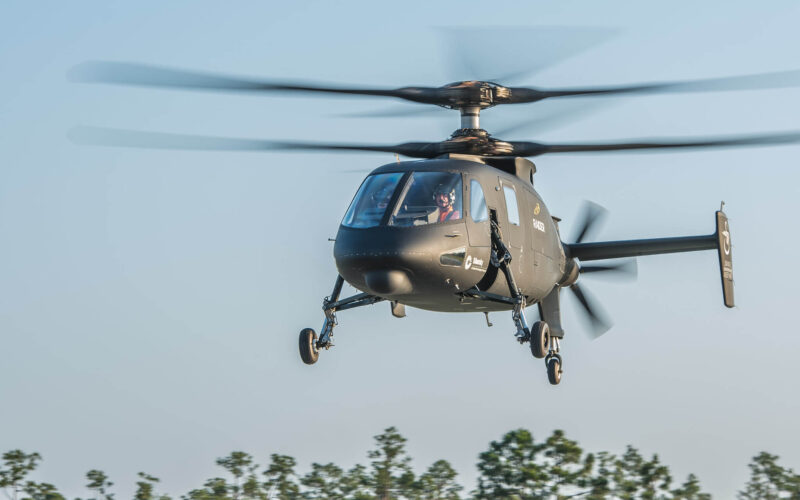A hundred and thirty years ago, on May 25, a man whose name would become one of the most recognizable in the aircraft industry, was born in Kyiv, Russian Empire at the time: Igor Ivanovich Sikorsky.
Like many children of his era, Sikorsky’s curiosity for engineering and aviation came from novels written by Jules Verne. But he also showed a particular interest for one of Leonardo da Vinci’s inventions, one of the very first drafts of a rotary-wing aircraft: the aerial screw.
After graduating from Kyiv Polytechnic Institute (which now bears his name), Sikorsky tried to set up his own shop and develop a helicopter. However, this proved a failure. In 1910, he moves on to more conventional fixed-wing aircraft with the company Russo-Balt. In 1913, he built the first four-engine in the world, baptized Russky Vityaz, the Russian Knight, which also featured an innovative enclosed cabin. The concept would later be reused for the Ilya Muromets bombers that served in the First World War.
Fleeing the October Revolution after being threatened by the Soviets, Sikorsky emigrated to the United States, where he worked as a teacher for a short time. With the financial support of another Russian emigrant, the famous composer Sergei Rachmaninoff, he opened his own design office, the Sikorsky Aircraft Corporation, which would initially focus on amphibian aircraft. With the help of Charles Lindbergh, he designed the “Clipper”. Pan American World Airways would order ten of them.

Igor Sikorsky, 1914, image: Karl Bulla, Public Domain
It wasn’t until 1930 that Sikorsky would come back to his first passion, helicopters. In 1939, he finally produced a viable prototype, the Vought-Sikorsky VS-300, first successful helicopter to use a single vertical-plane tail rotor configuration for antitorque. This design would be adopted for most helicopters, up until now. In 1942, the Sikorsky R-4 became the first helicopter to be produced in series. 131 aircraft were built, and they were used by the United States Army Air Forces (ancestor of the United States Air Force), the US Coast Guard and the British Royal Air Force.
From now on, Sikorsky Aircraft Corporation would focus primarily on helicopters. It produced several successful designs throughout the years. In 1972, the year of Sikorsky’s death, his company answered a tender of the US Army to replace the Bell UH-1 Huey. The S-70, which made its maiden flight on October 17, 1974, was selected, winning against Boeing. And thus, one of the most iconic helicopters was born: the Blackhawk.
The helicopter manufacturer was acquired by Lockheed Martin in 2015. Sikorsky Aircraft is currently competing to win the Armed Aerial Scout contract of the US Army, due to replace the Bell OH-58 Kiowa. Its contender aircraft, the Sikorsky S-97 Raider, which features coaxial rotors and a propulsive propeller, made its first flight on May 22, 2015.

